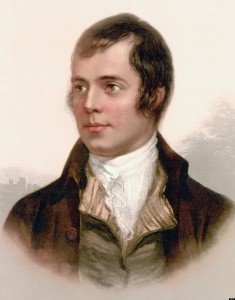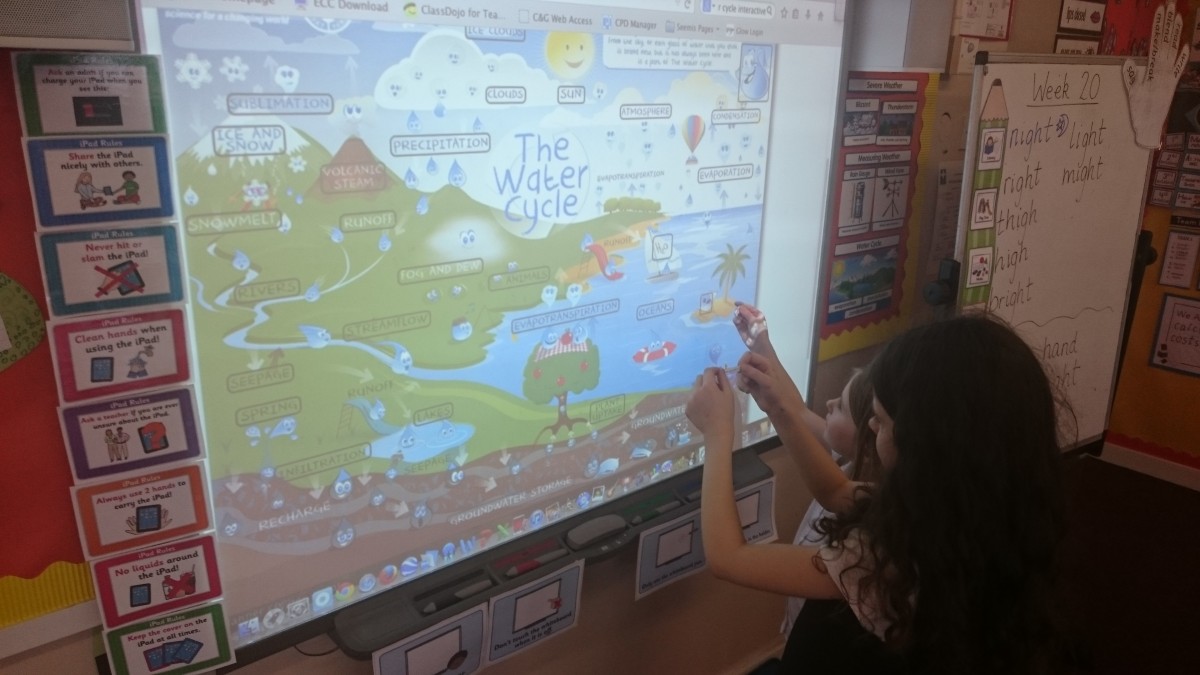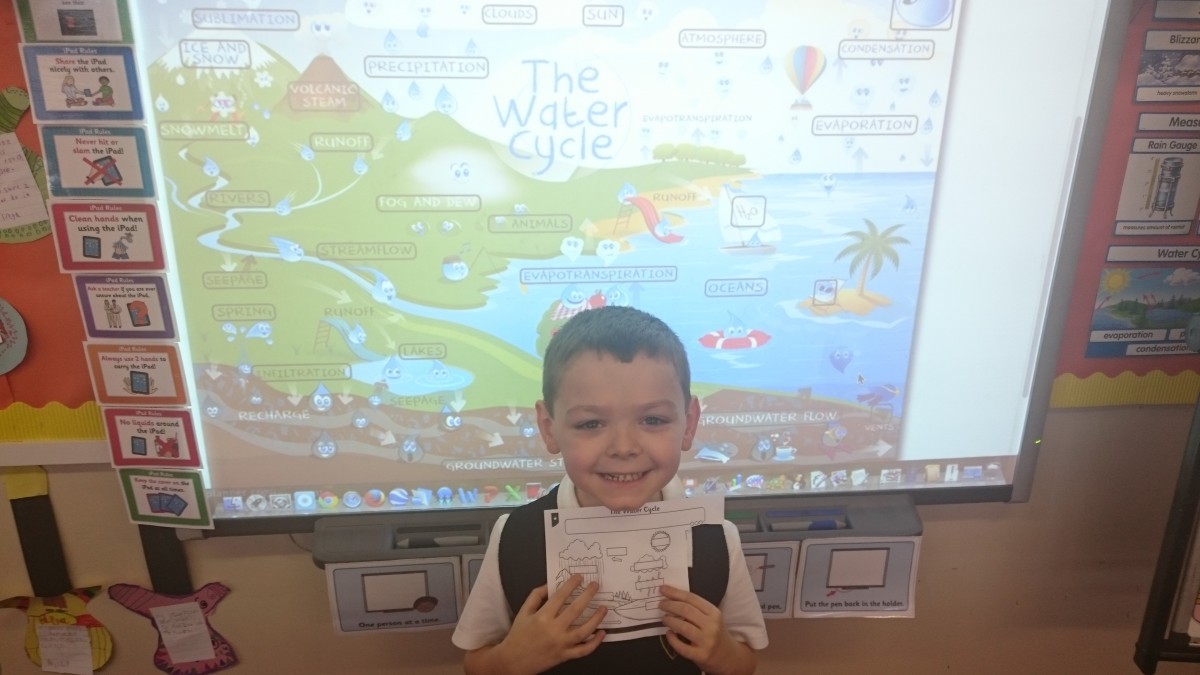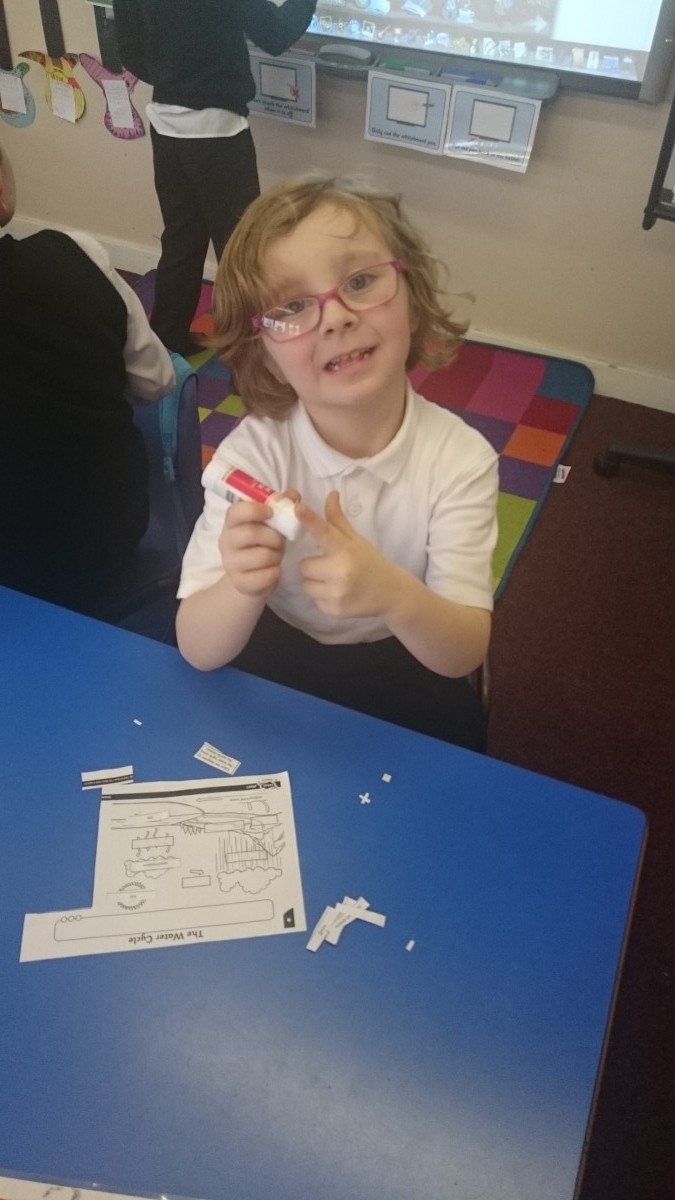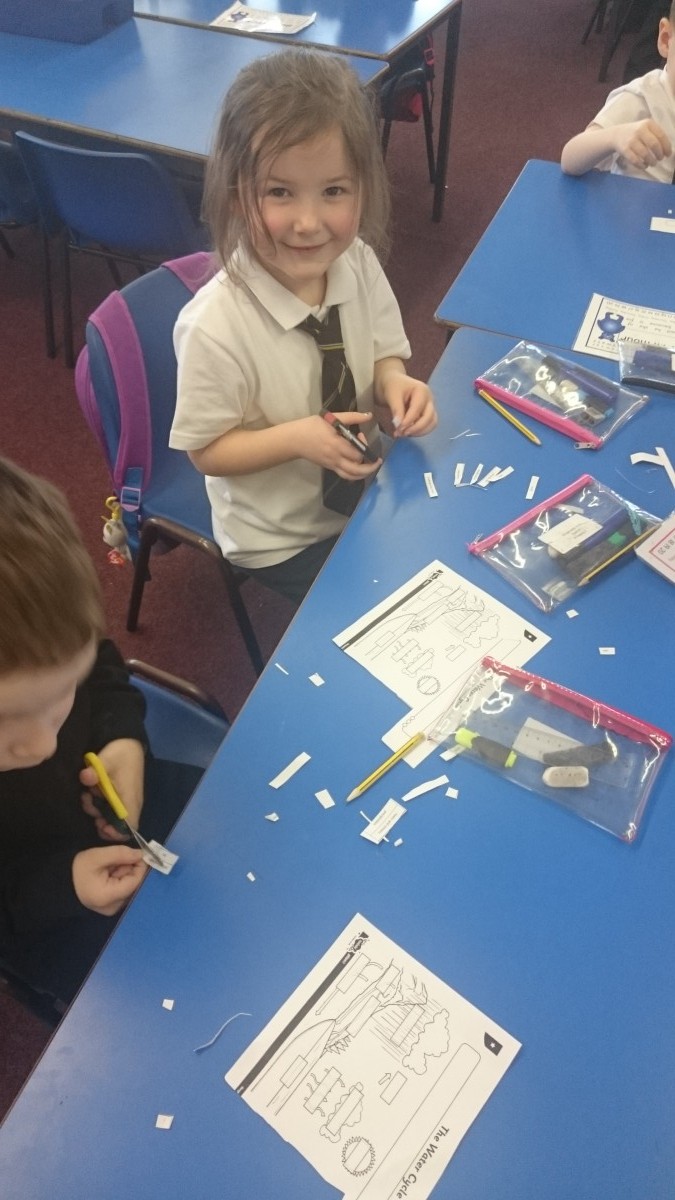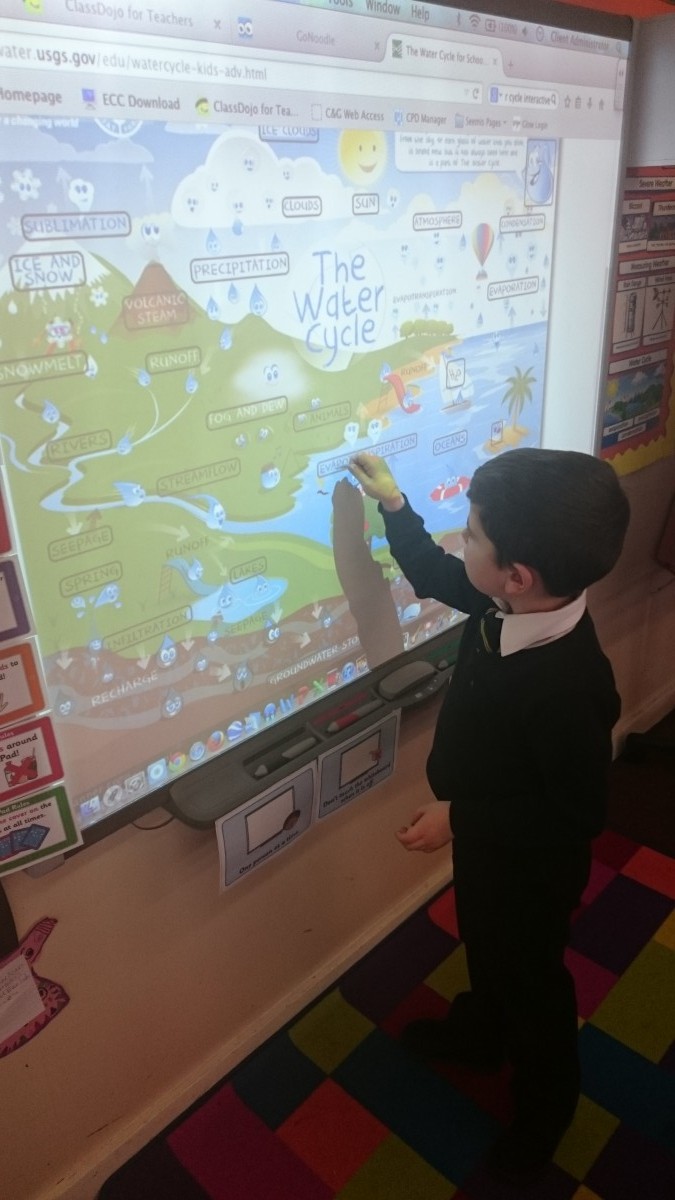 P2 are learning all about bar graphs. We made a bar graph showing all the types of rubbish that we found when we did a litter pick. We brought the litter back to class and sorted it into different kinds of litter. Then we counted it using tally marks. We put the information into a bar graph and answered some questions about our graph.
P2 are learning all about bar graphs. We made a bar graph showing all the types of rubbish that we found when we did a litter pick. We brought the litter back to class and sorted it into different kinds of litter. Then we counted it using tally marks. We put the information into a bar graph and answered some questions about our graph.
“There were 63 sweet wrappers and that was the most” – Andrew A
“Fruit was the least popular” – Chloe M
“Crisps were the second most” – Cameron F
“Bottles and cartons altogether were 16” – David Y
We also think that people should make sure they put their litter in the bin!













